Today, Leica has announced the official release of the S3 medium format digital camera. The camera, which was teased back at Photokina 2018, will start shipping immediately for a price of $18,995. Very similar to its predecessor, the outstanding Leica S (Typ 007), the new camera features a brand new 64 megapixel sensor exclusively created for the S3.
Image Quality
With over 15-stops of dynamic range and an ISO range from 50 to 50,000, the Leica S3 now represents the pinnacle in imaging tech for the company. Combined with the 60% larger sensor size, added resolution and incredible dynamic range, a newly designed color filter array (CFA) over the sensor promises the highest color fidelity of any Leica digital camera to date.
And with a dual gain design, the S3's sensor performs exceptionally well at higher ISO, retaining dynamic range and file malleability while offer greater shooting flexibility.
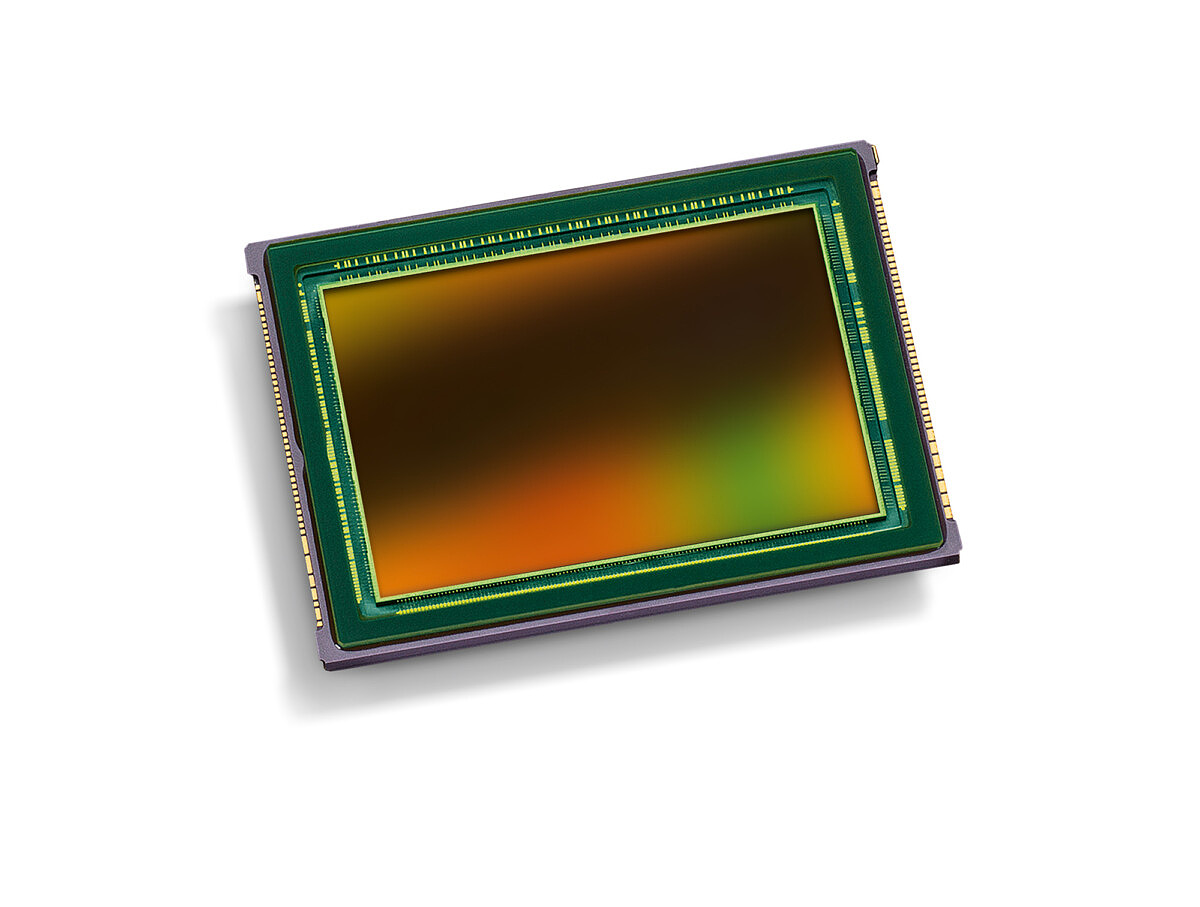
Long Exposure Improvement
The S3 gets a welcome benefit from its new low-noise and low-heat sensor. Instead of being limited to just 60 or 125 second exposures at base ISO on the previous generations, the Leica S3 can now shoot exposures up to eight minutes. This has been one of the most frequently requested updates to the S System since the beginning. Really nice to see that here.
Weather Sealed
Just like the previous S cameras before it, the Leica S3 employs 36 gasketed seals, and is virtually impervious to foul weather. I've personally shot in some of the harshest conditions during my many years of photographing with the S System. Not once has a camera failed on me due to rain, snow, or even the errant wave. The S3 is built like a tank.
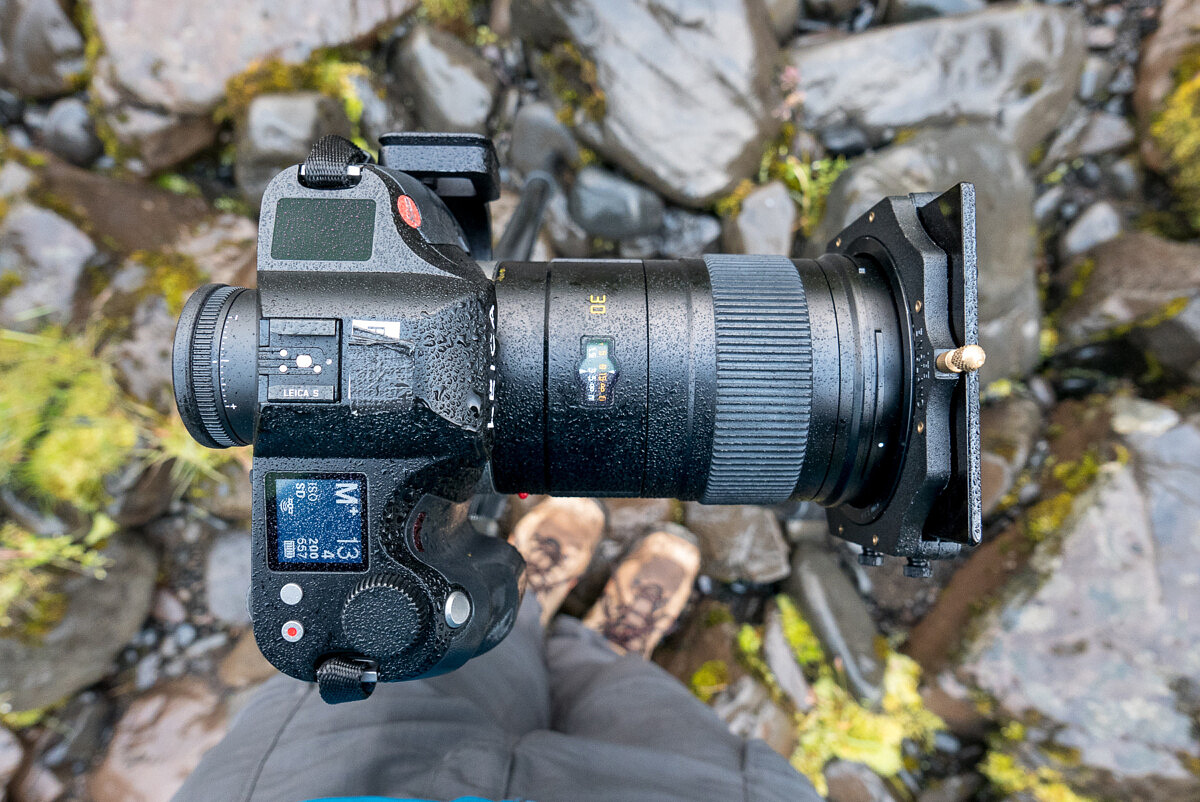
Video
Along with the new sensor's still imaging capability is the option to shoot Cine 4K (4096×2160) utilizing the entire 45mm width of the medium format sensor. This is a significant bump from the S (007)'s Super35 crop mode for 4K recording. Recording bit rates up to 430Mbs are available using 422 color sampling in 10-bit. HDMI out is available, but will only support up to Full HD for use with an external monitor, not for 4K recording. This is a little disappointing, but the internal recording does seem to be far improved from the S (Typ 007).
Studio Ready
The Leica S3 is at home in the studio as it is in the field, with high speed USB 3.0 tethering via a secure LEMO cable. Connect directly into Adobe Photoshop Lightroom Classic, or use Leica Image Shuttle for tethered shooting into Capture One with full camera control and high-res live view on the computer screen.
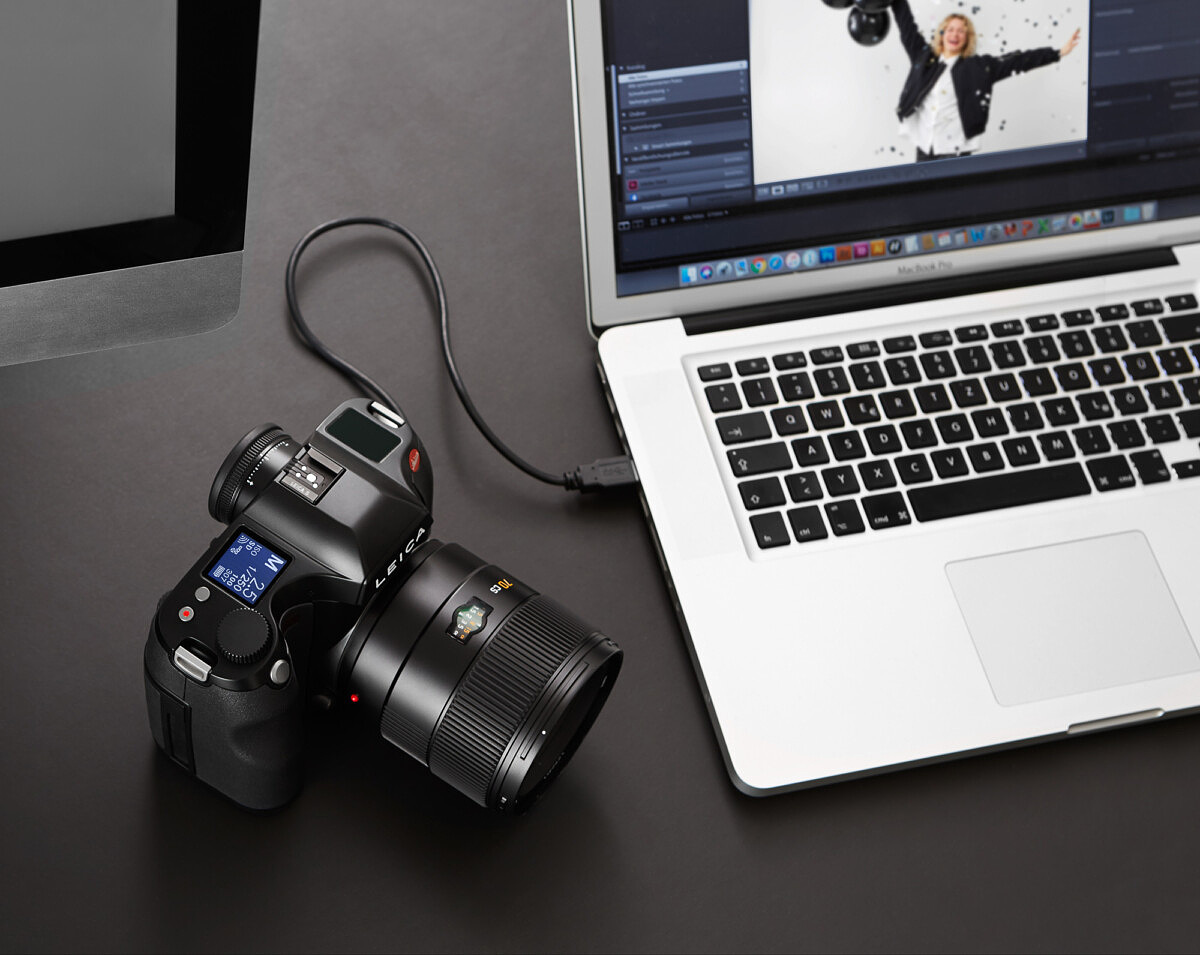
Leica FOTOS 2.0 Compatible
Instead of a tethered connection, the S3's built-in fast 802.11n Wi-Fi can connect to an iPhone or Android device using the Leica FOTOS 2.0 app. With the Pro version, native full screen viewing on an iPad Pro and direct connection to Lightroom Mobile are possible. This allows for fluid live view composition and remote shooting, or simply reviewing and editing images.
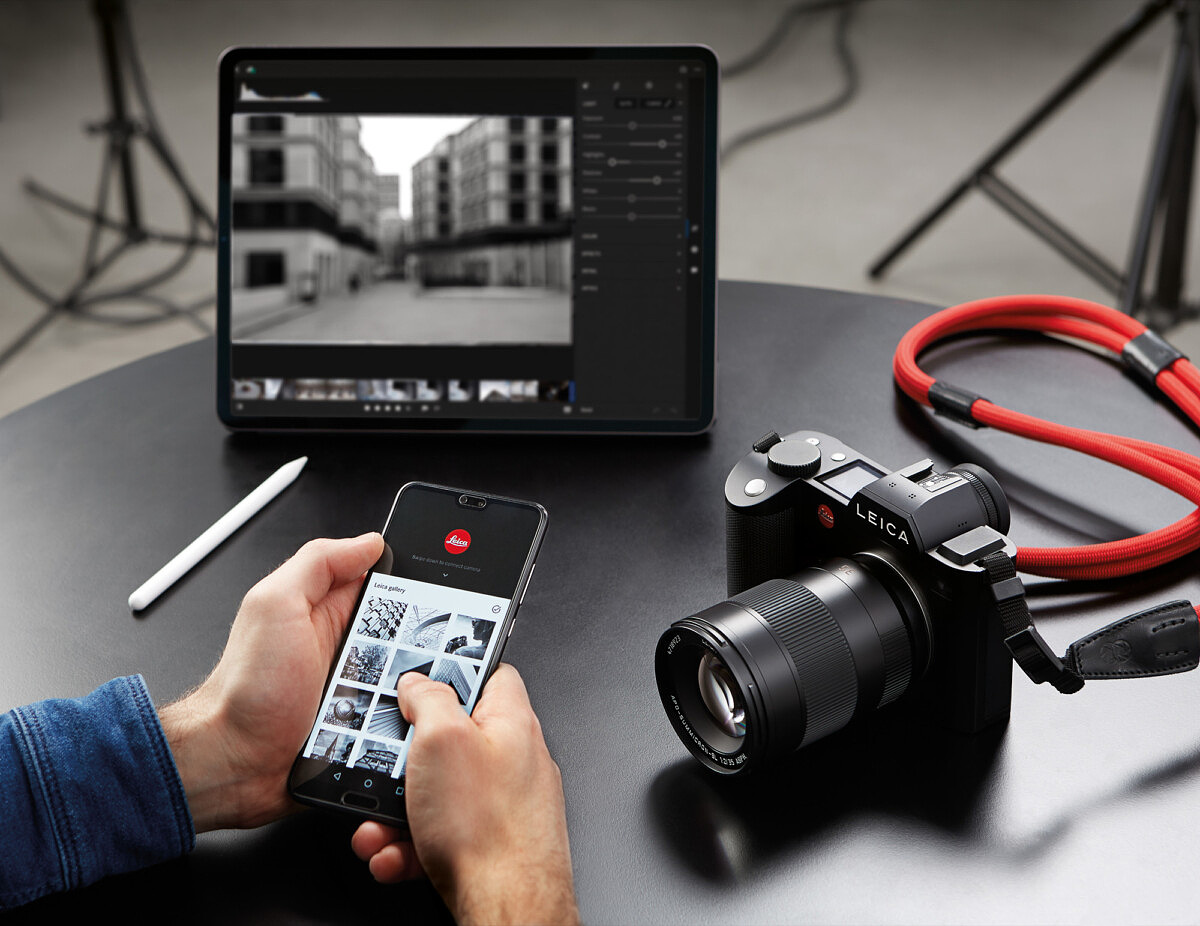
Dual Shutter System
Leica pioneered a dual shutter system to allow photographers the option to use the focal plane shutter up to 1/4,000th of a second for wide-open ambient light shooting without an ND filter on the lens, or to simply flip a switch and enable the lens central shutter for high-speed flash sync up to 1/1000th of a second, extremely valuable for on-location jobs with strobes. This creative flexibility still exists with the S3 and full line of CS (Central Shutter) lenses.
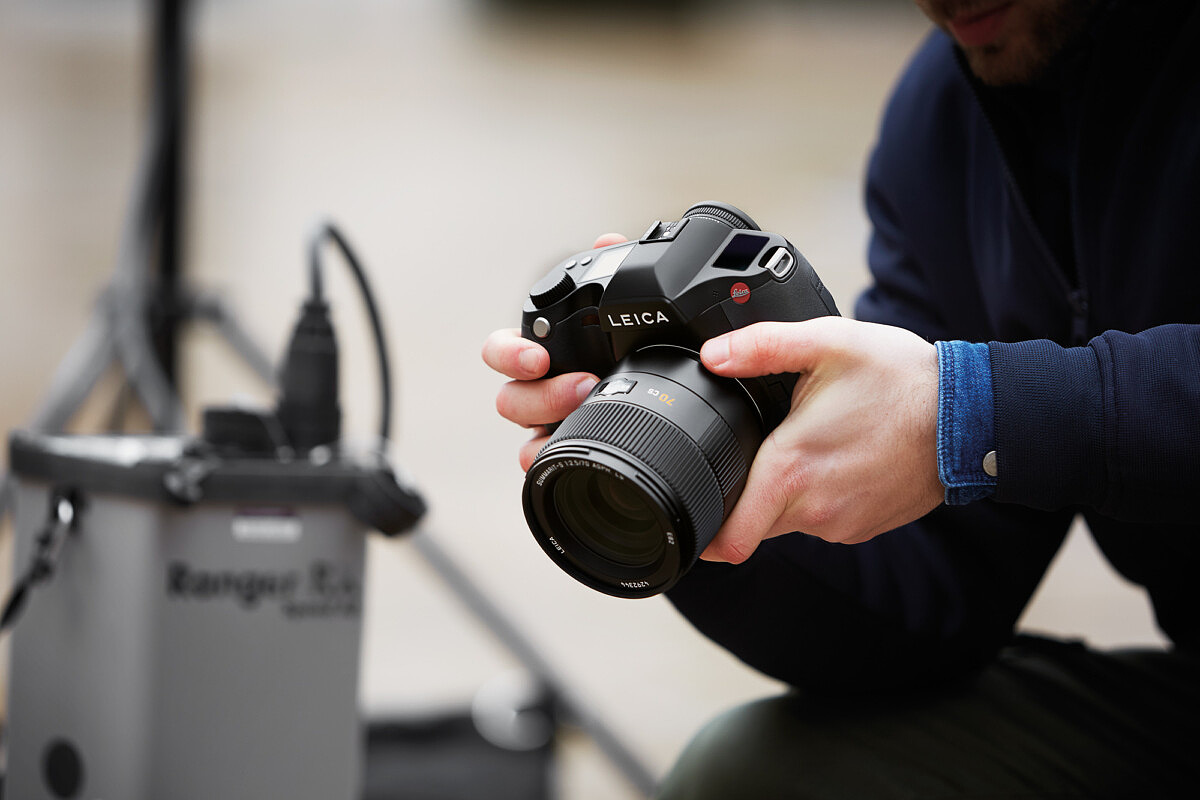
Full Lens Portfolio
Coming into a fully mature ecosystem, the S3 can take advantage of the full range of impressive S lenses. With 10 lenses, six in CS variants, the full range from 24-180mm is covered. From the distortion-free ultra-wide angle 24mm f/3.5 Super-Elmar-S ASPH (18mm equiv.) to the buttery smooth bokeh machine 100mm f/2 Summicron-S, the entire lineup is truly amazing and fully equipped to take full advantage of the new 64MP sensor.
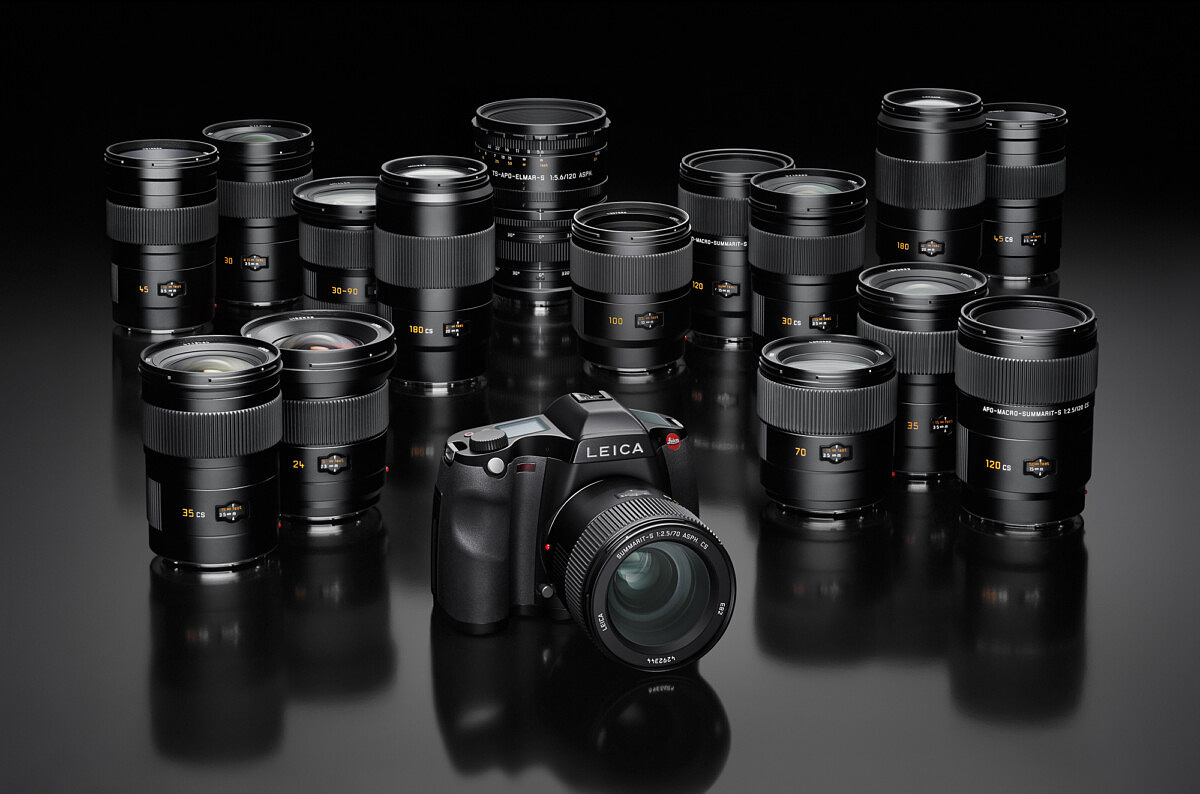
Optical Viewfinder
The S3 remains as a traditional DSLR design, offering the best optical viewfinder that I've ever used. Bright, large and crystal clear, the S3's optical viewfinder is a wonderful experience. While Leica may go mirrorless with future S cameras, there are many who are glad to see the optical viewfinder live on.
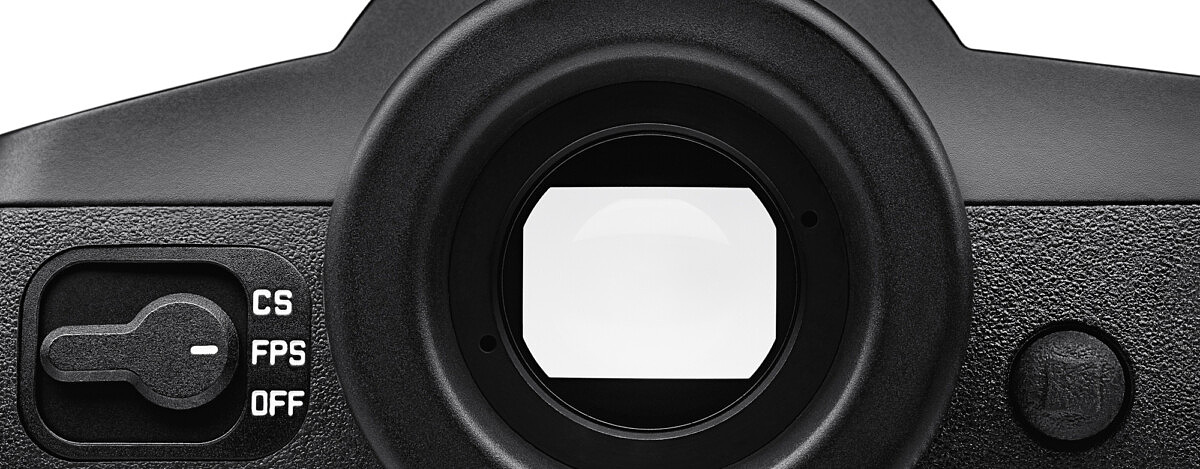
Operational Concept
Unlike the SL2, Q2, M10 and CL, the operational concept and user interface remains unchanged. We've still got the four quadrant soft buttons surrounding the rear LCD, which many S users passionately fought for Leica to keep. Some were disappointed that Leica chose to change this on the SL2, as the original SL (Typ 601) matched up to the S.
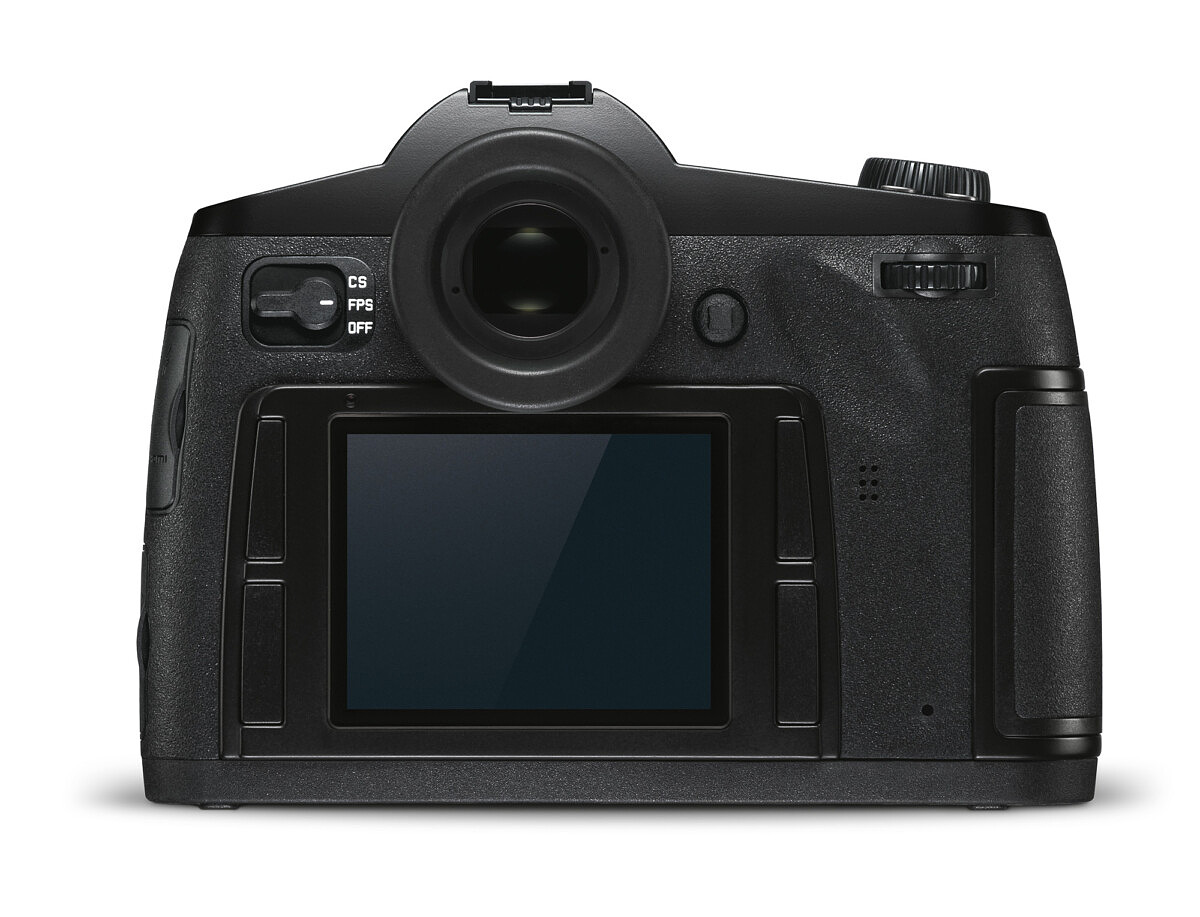
Built-In GPS
While the GPS was removed from the SL (Typ 601) when designing the SL2, the S3 retains its built-in GPS receiver, concealed under a black plastic cover on the top plate. This is a great feature for landscape and travel photographers alike.
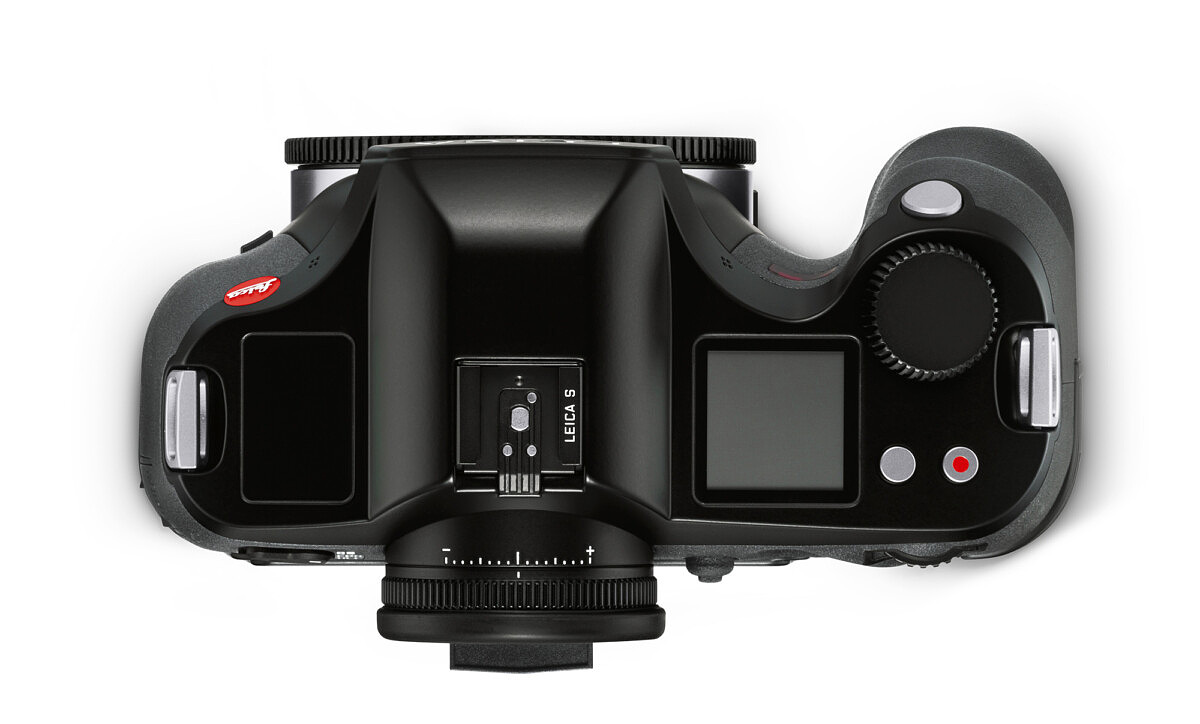
Still Fast
Even with massive jump in resolution, the S3's Maestro II image processor is rated at 320 megapixels per second, and is more than up to the task of chewing through all those pixels. With the rapid readout sensor along with the speedy Maestro processor, the Leica S3 can shoot up to 3 fps at full resolution. Like previous S cameras, images can be recorded to either SD or CF cards.
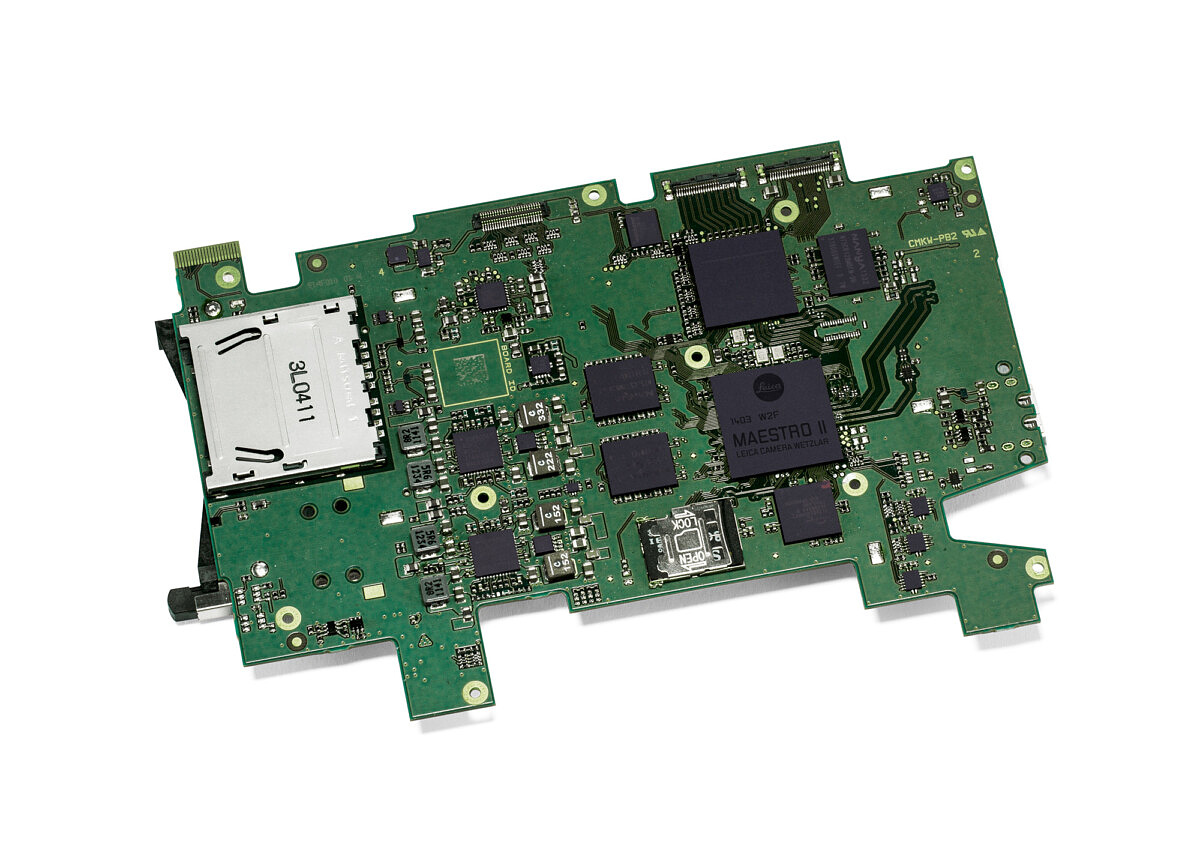
Ordering and Availability
Initial deliveries of the Leica S3 are expected to start immediately with the first units arriving in the US by mid-March. Pricing is set at $18,995 for the body only, which is actually a bit less than previous generations of the Leica S, especially considering the recent price increases due to the new tariff schedule. If you are interested in ordering the Leica S3, you can do so at Leica Store Miami, by clicking the button below, calling 305-921-4433, or by sending an email to info@leicastoremiami.com.
Sample Images
I had the opportunity to take the Leica S3 on a photo trip to Patagonia and do some landscape work. The results were as expected: outstanding. Detail, color and dynamic range were truly impressive. Working with the camera felt extremely familiar with no learning curve coming from my S (Typ 007). Take a look below for some of the results, and be sure to click on the photos for larger versions.
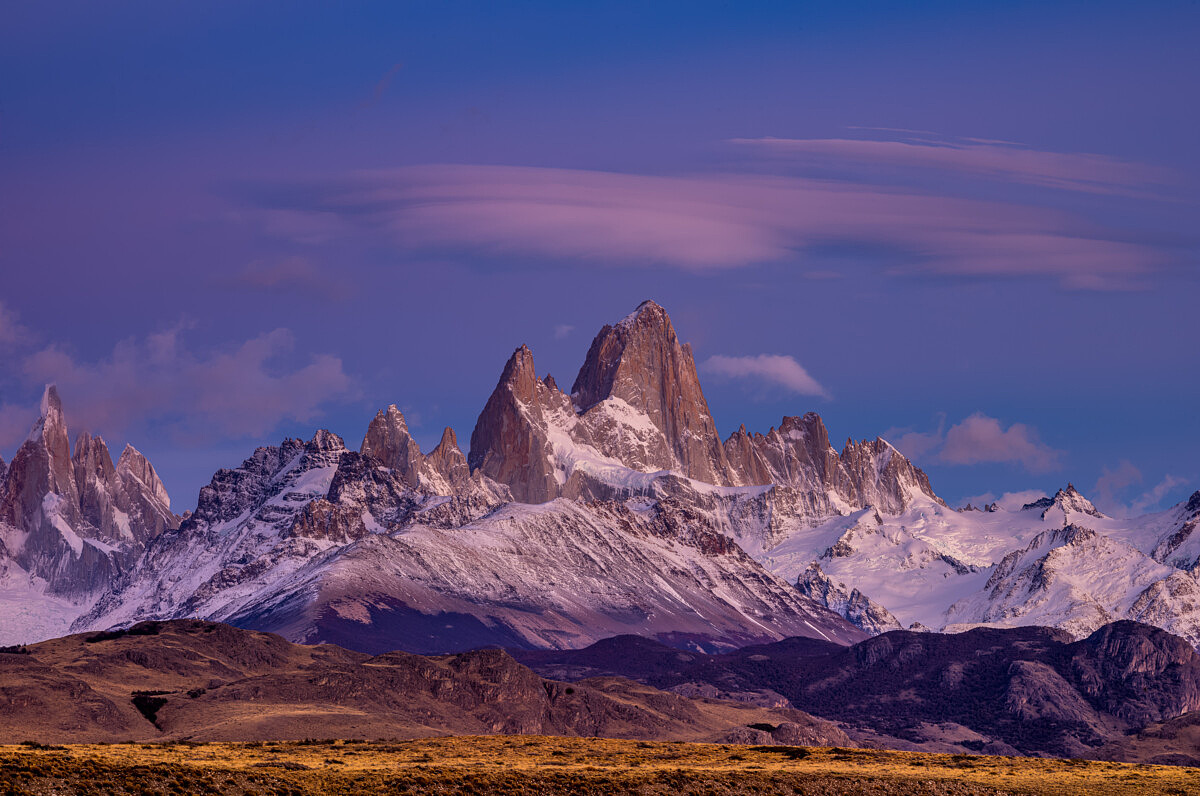
0.7 sec @ f/8, ISO 160
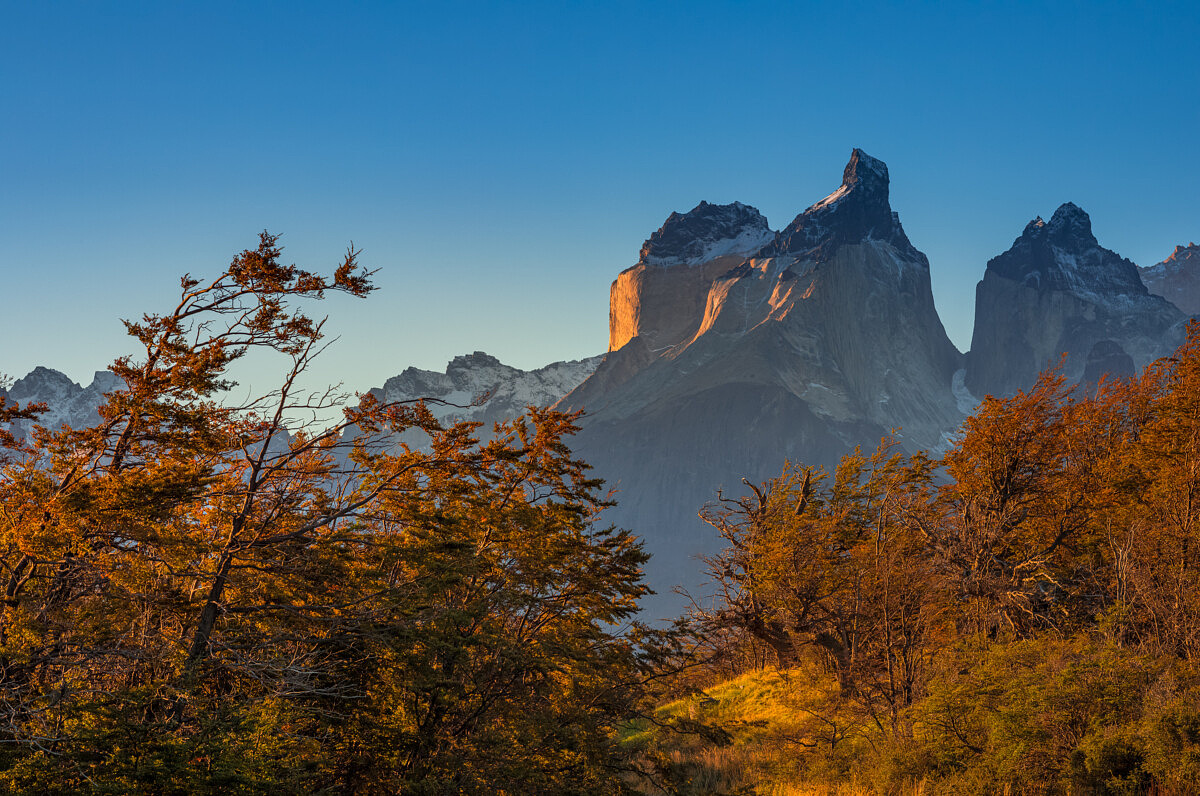
1/500th sec @ f/8, ISO 400
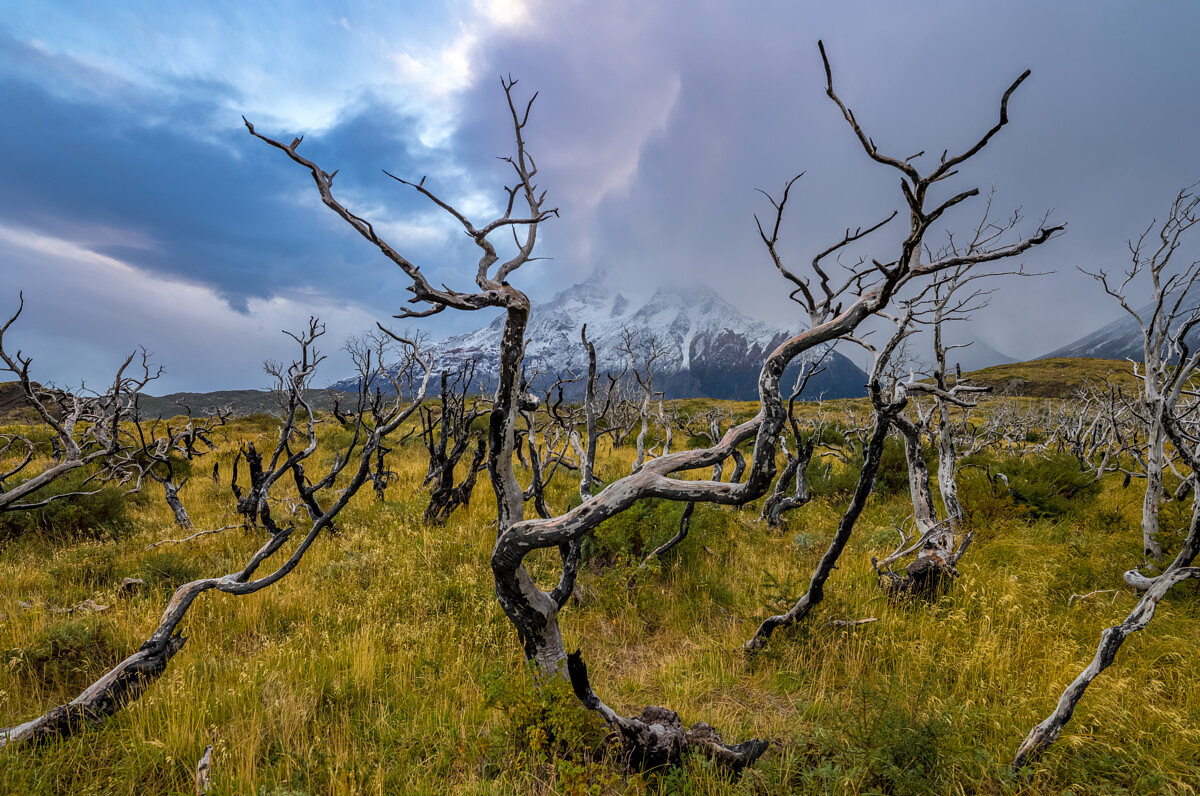
1/90th sec @ f/9.5, ISO 400
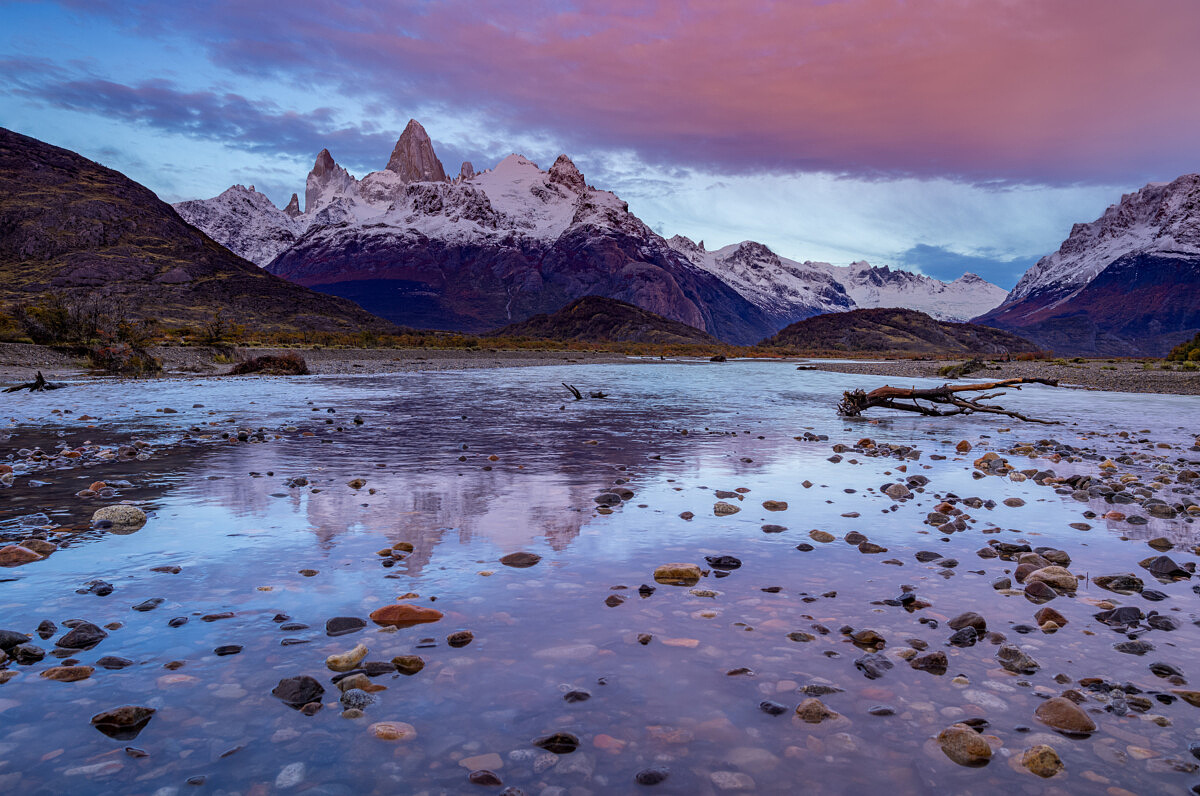
1/8th sec @ f/11, ISO 100
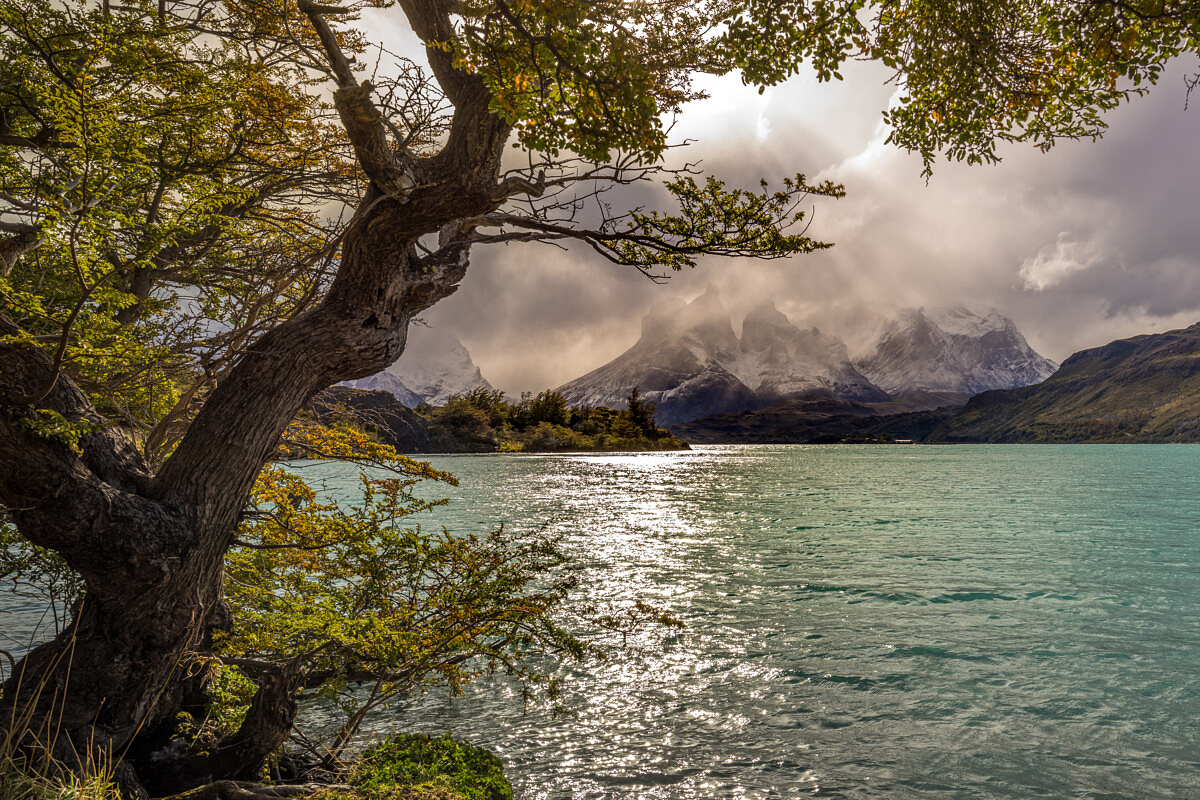
1/125th sec @ f/11, ISO 100
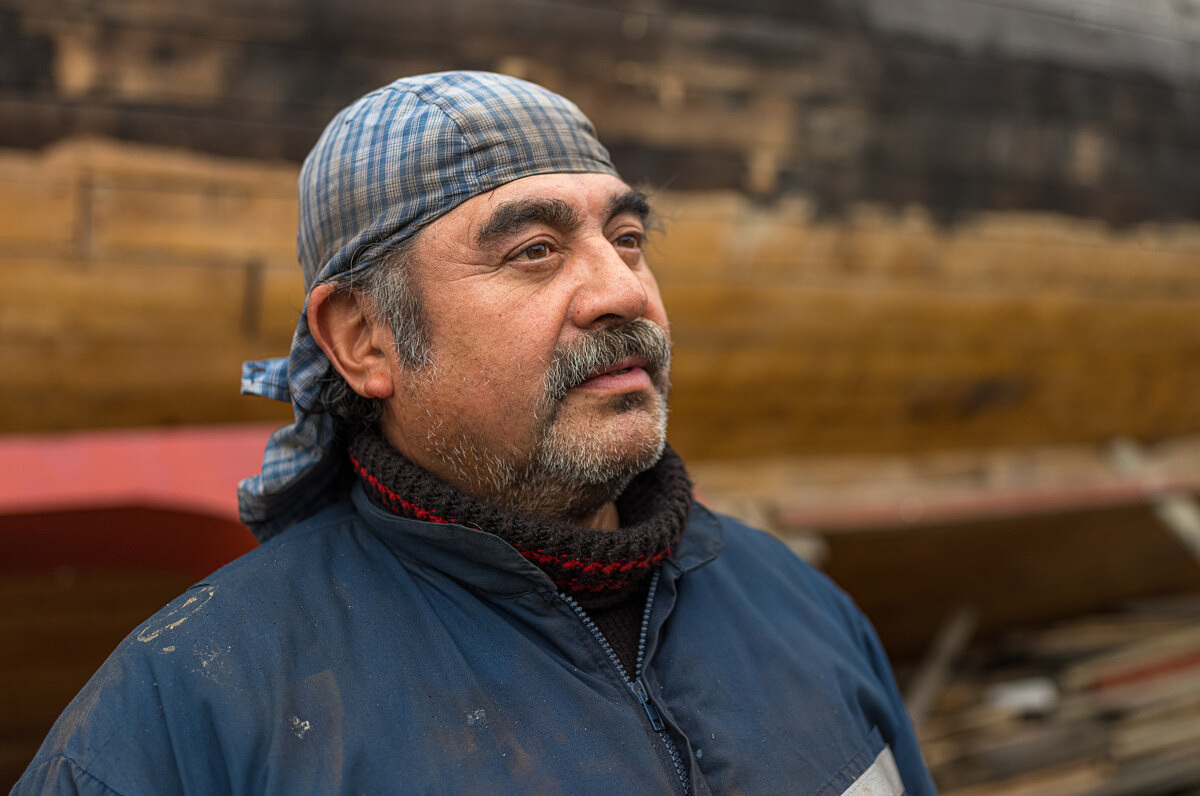
1/1500th sec @ f/4, ISO 800
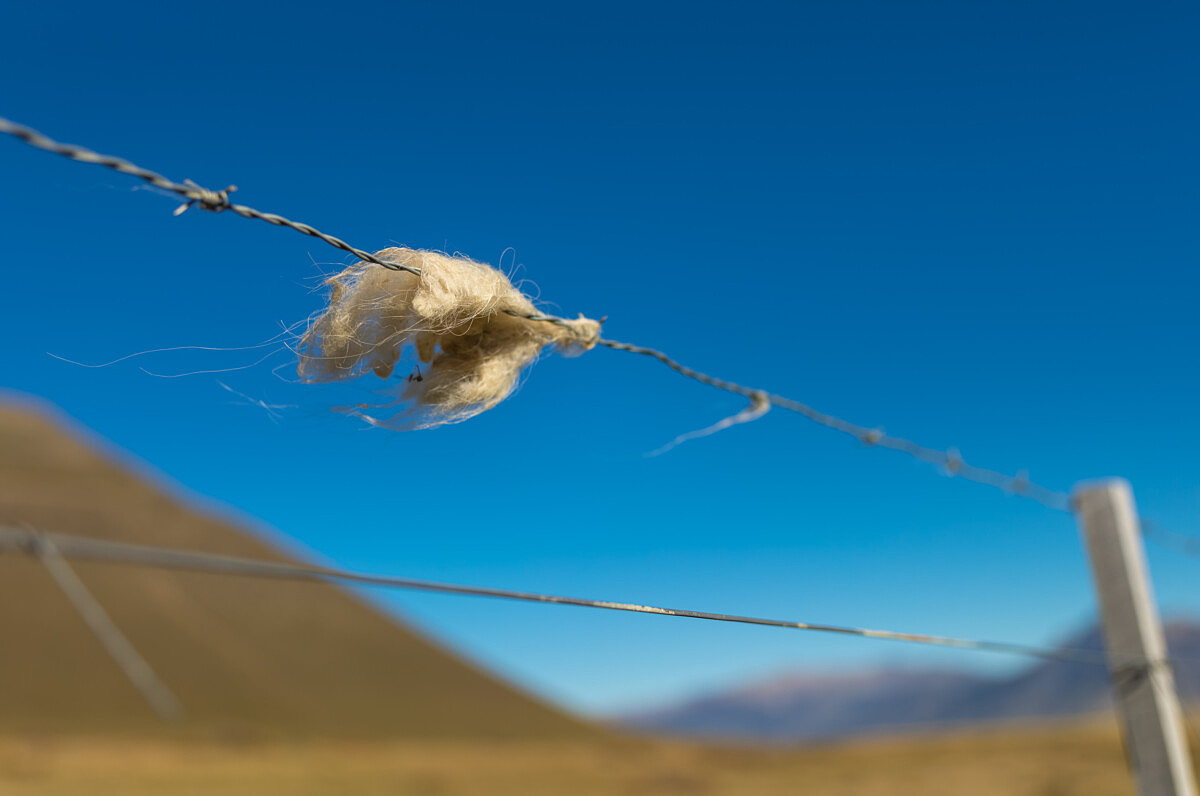
1/4000th sec @ f/2.8, ISO 100
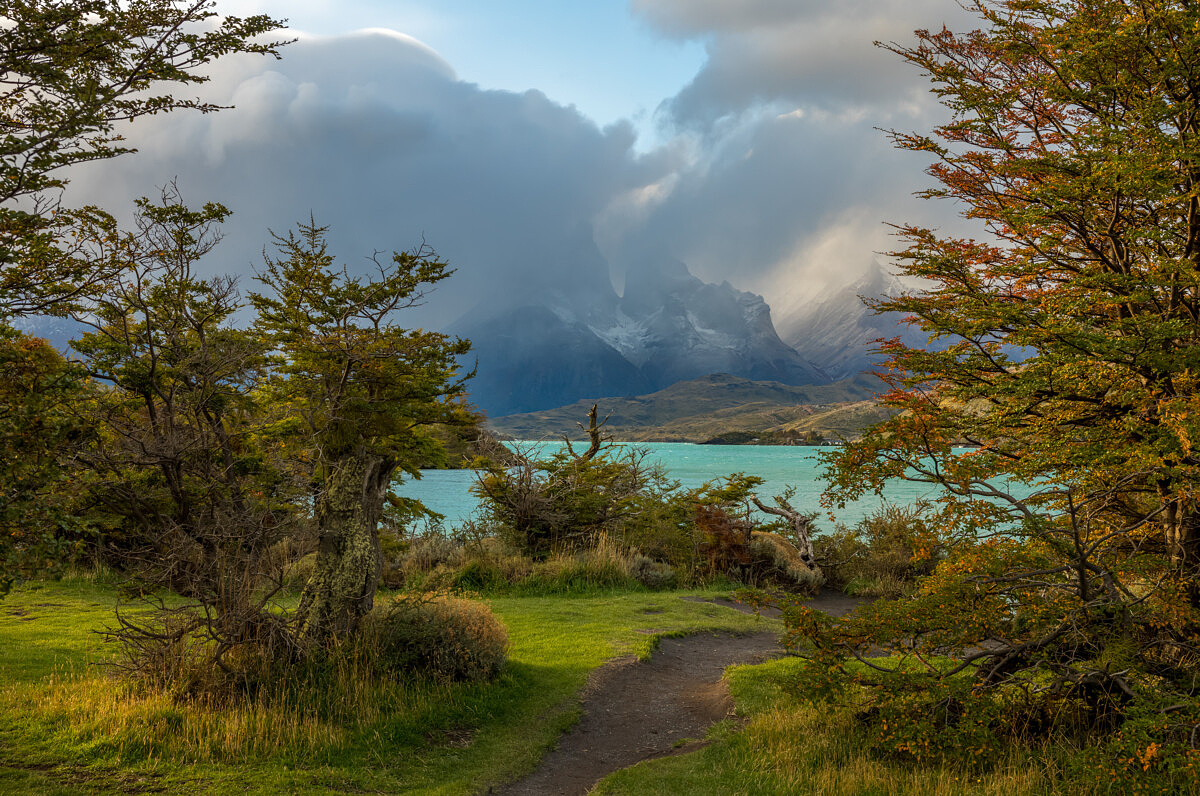
1/90th sec @ f/9.5, ISO 200
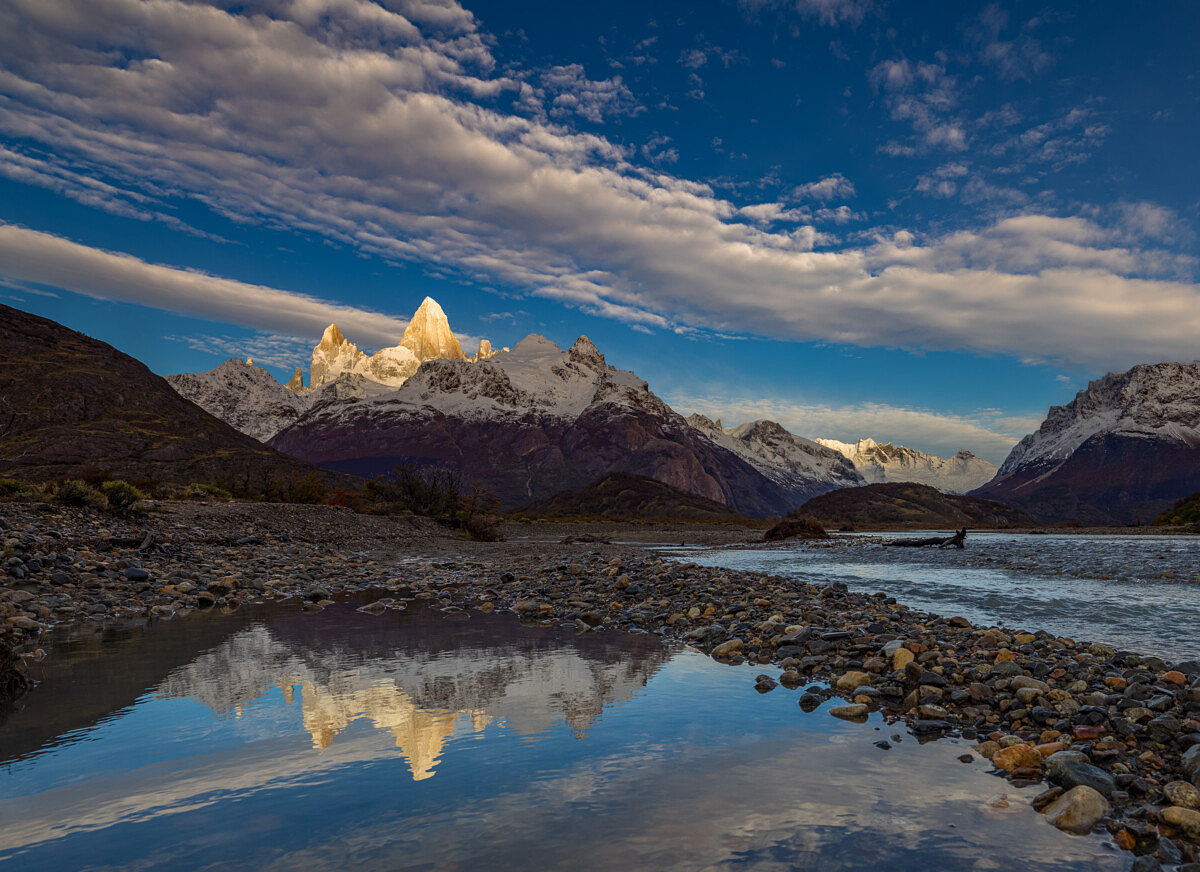
1/90th sec @ f/11, ISO 200
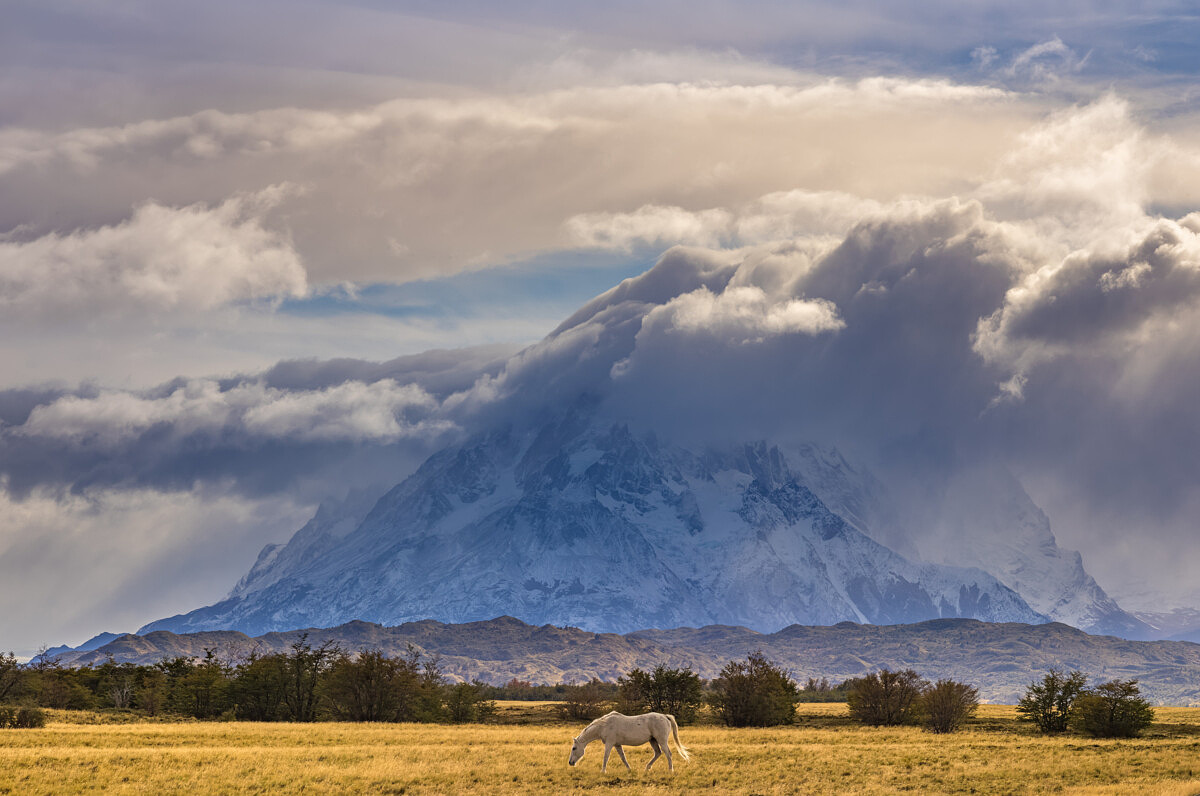
1/1000th sec @ f/9.5, ISO 200
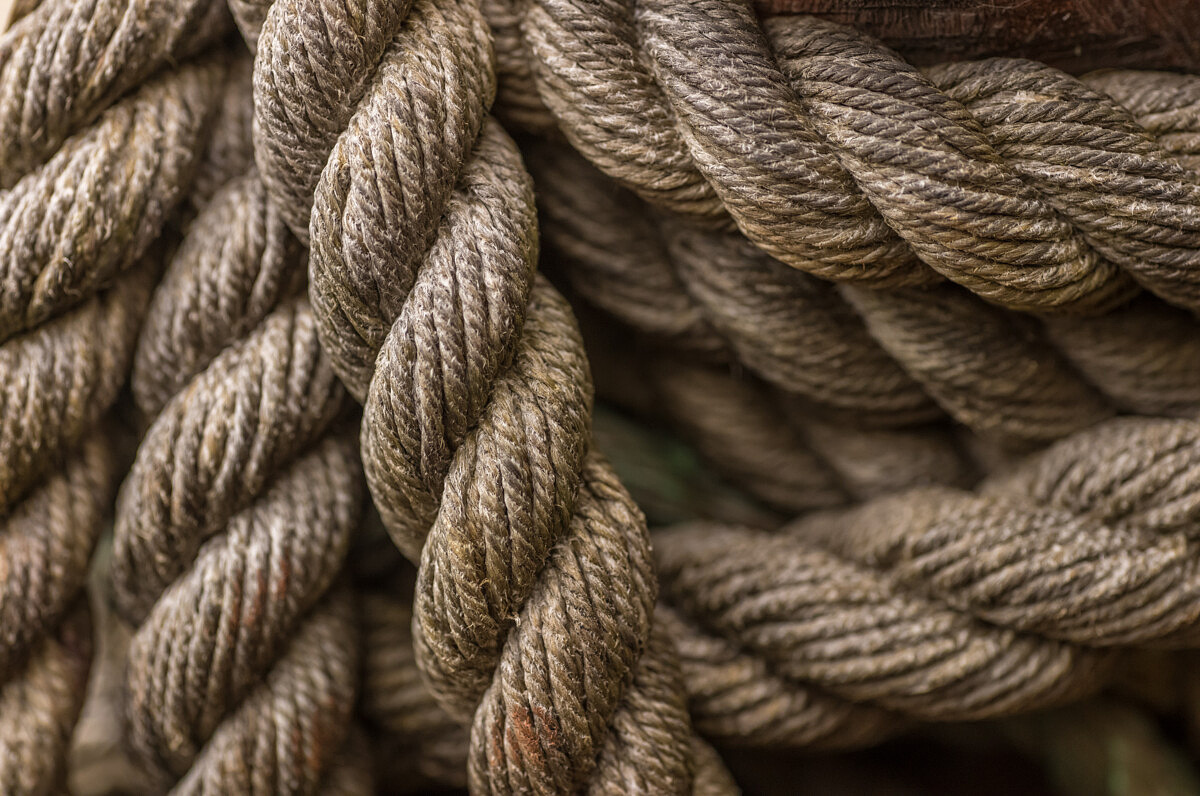
1/1750th sec @ f/3.4, ISO 1600
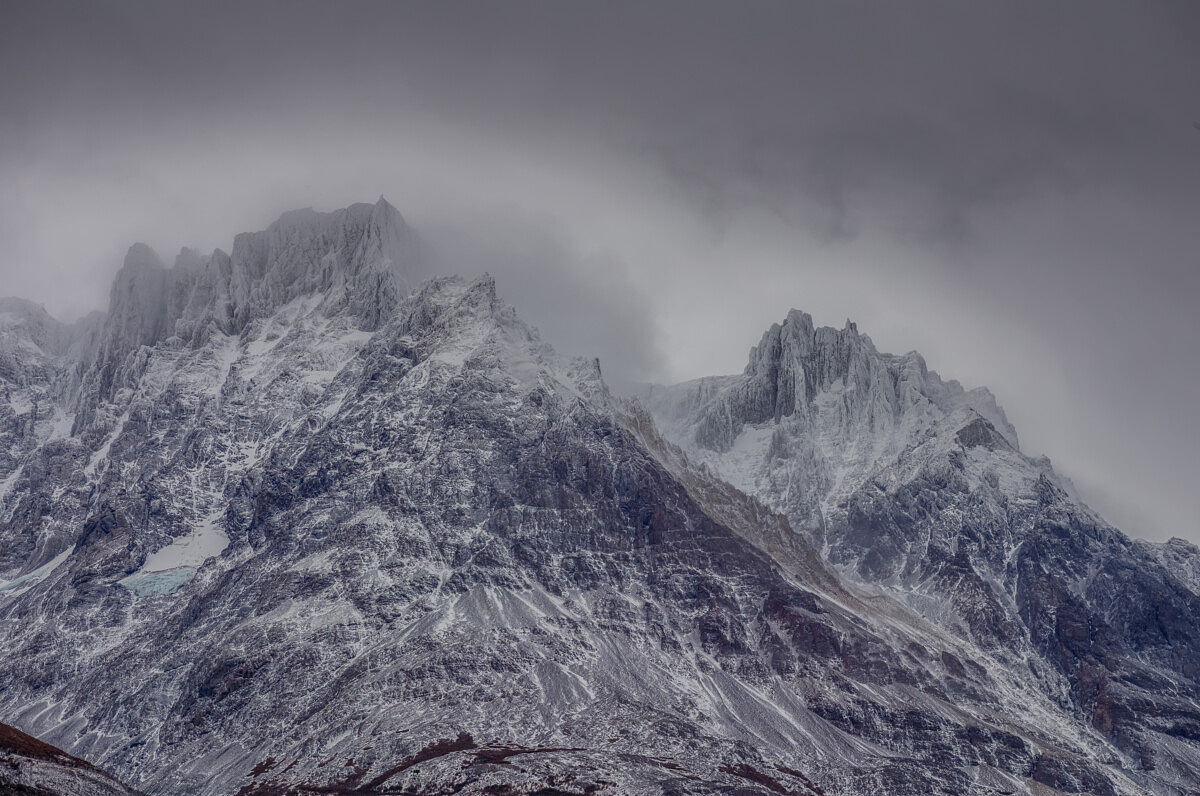
1/1500th sec @ f/5.6, ISO 400
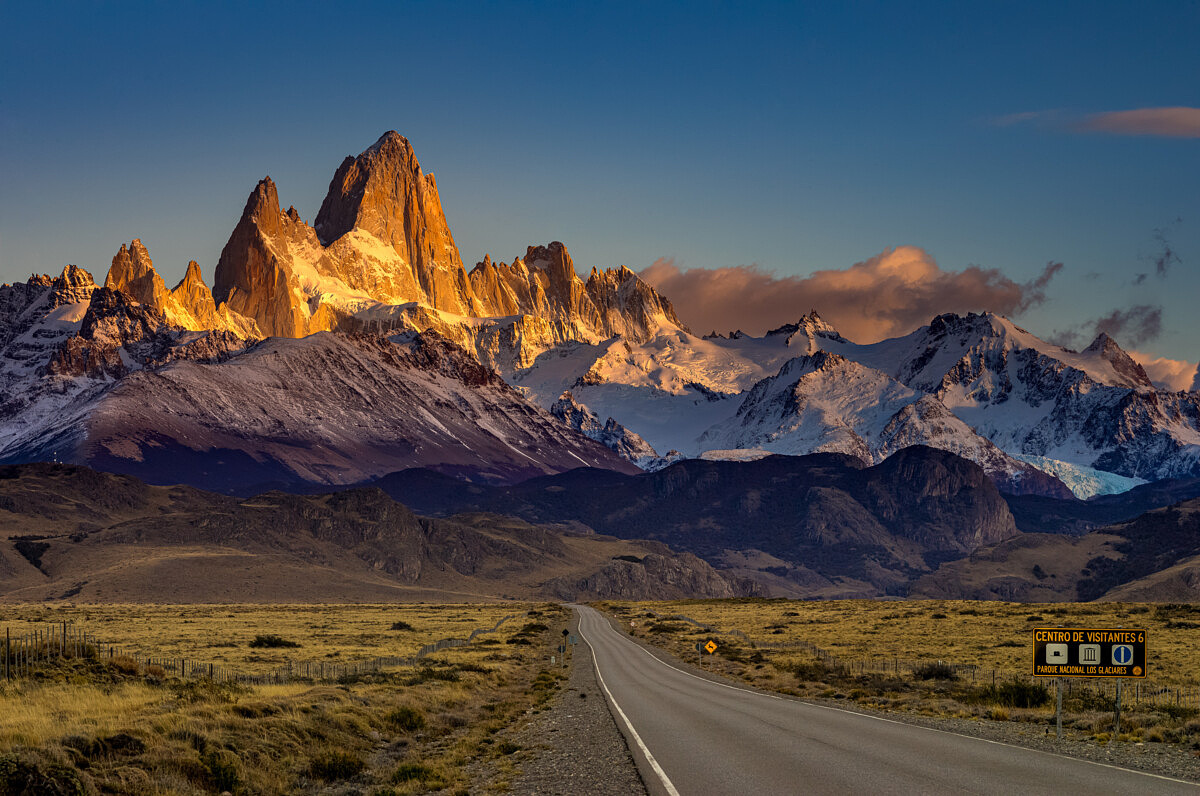
1/500th sec @ f/8, ISO 400
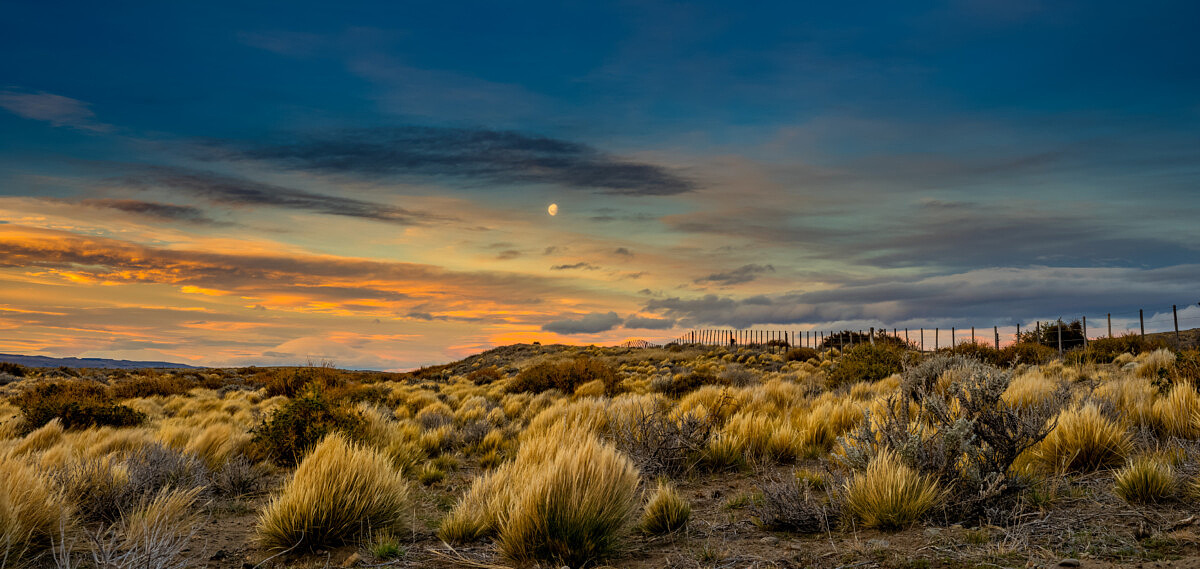
1/25th sec @ f/11, ISO 200
Timeline of Leica S Cameras
Leica S2
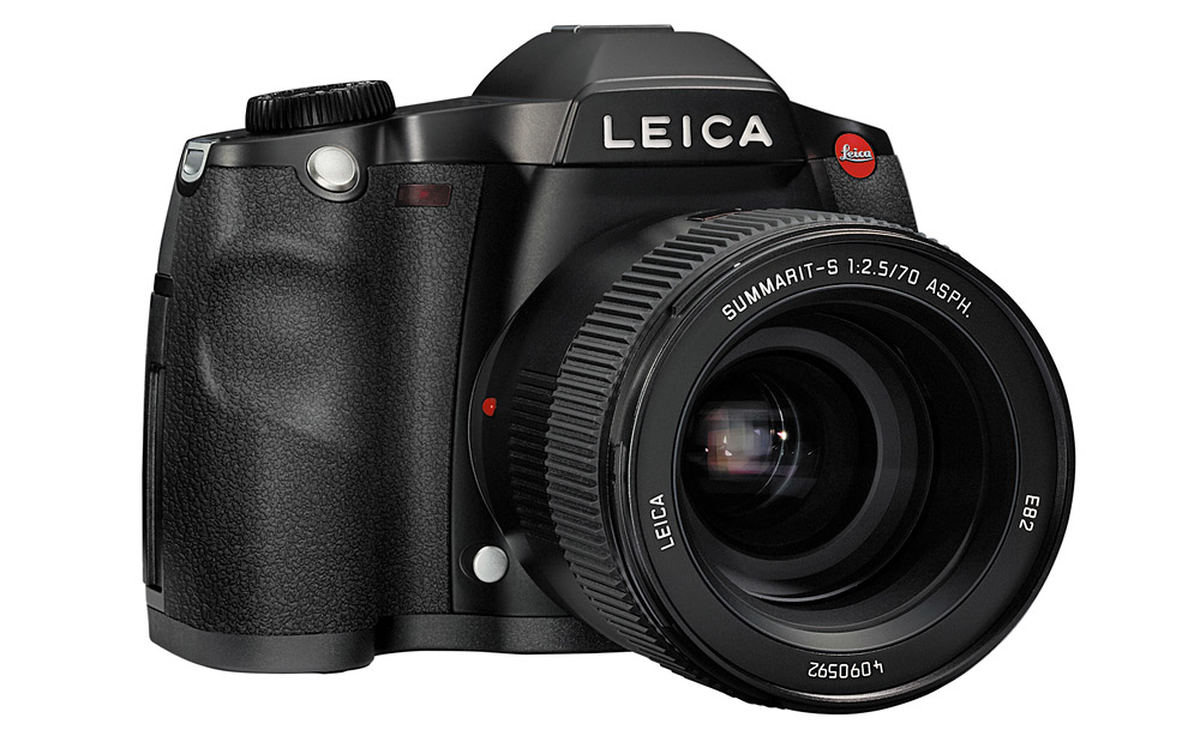
Introduced Sept 23, 2008
37.5MP CCD Sensor
Maestro I Processor
ISO 160- 1250
1.5 fps
(Read the review here)
Leica S (Typ 006)
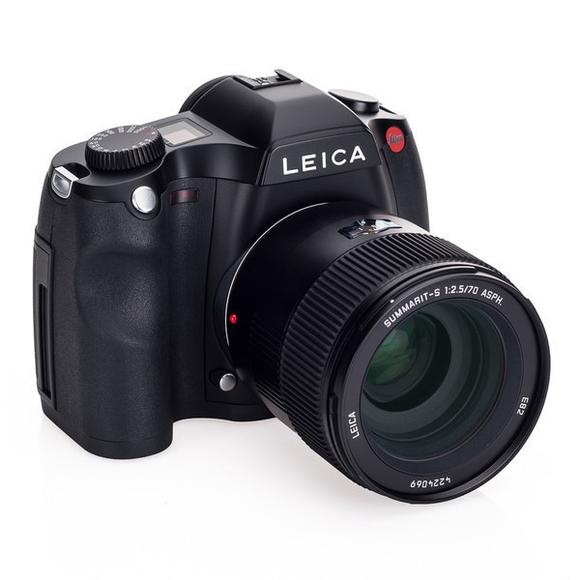
Introduced Sept 18, 2012
37.5MP CCD Sensor
Maestro I Processor
2GB Buffer
ISO 100- 1600
1.5 fps
Built-in GPS
S (Typ 007)
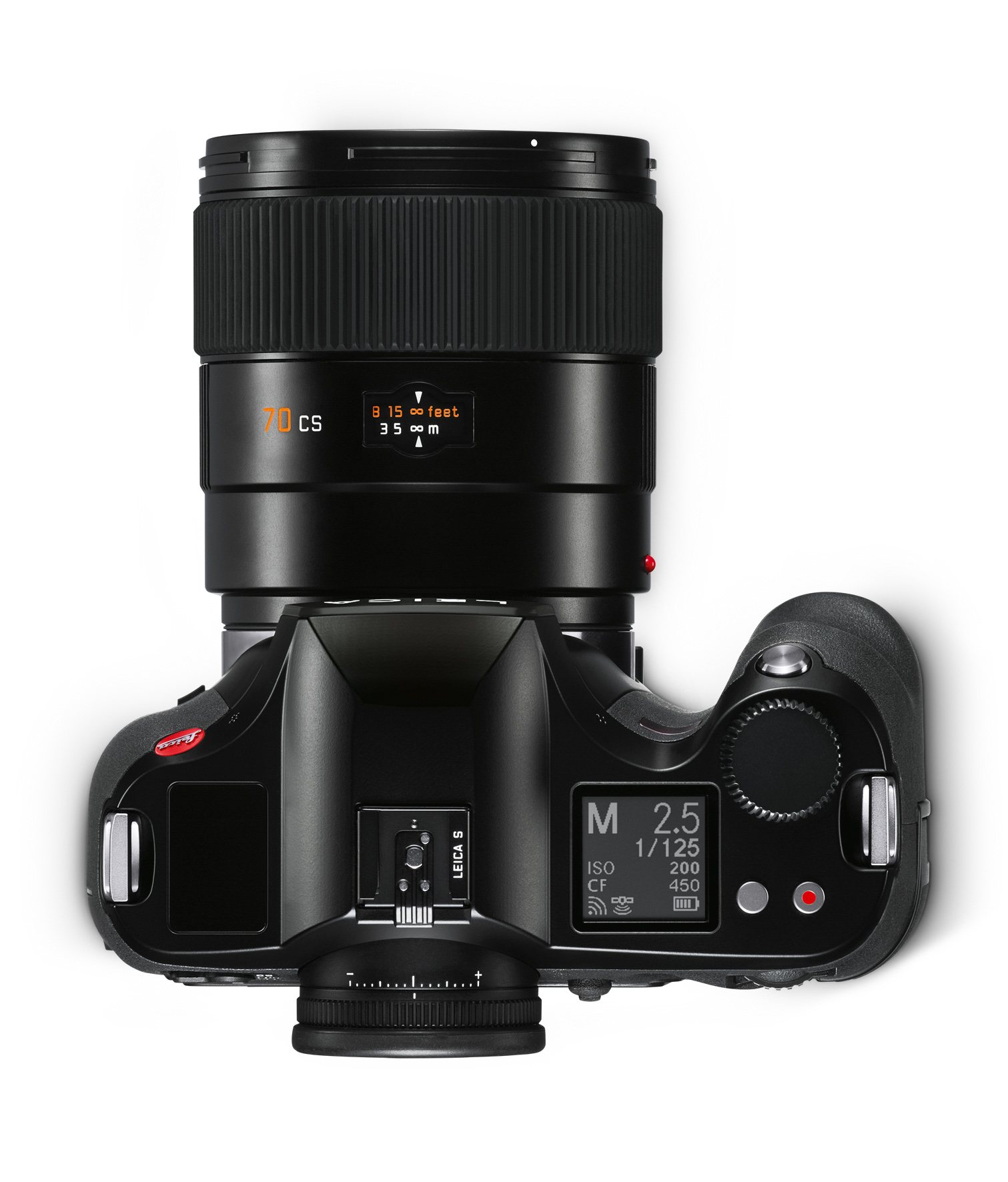
Introduced Sept 16, 2014
37.5MP CMOS Sensor
Maestro II Processor
ISO 100- 12,500
Live View
FHD and 4K Video
3.5 fps
(Read the review here)
Leica S3
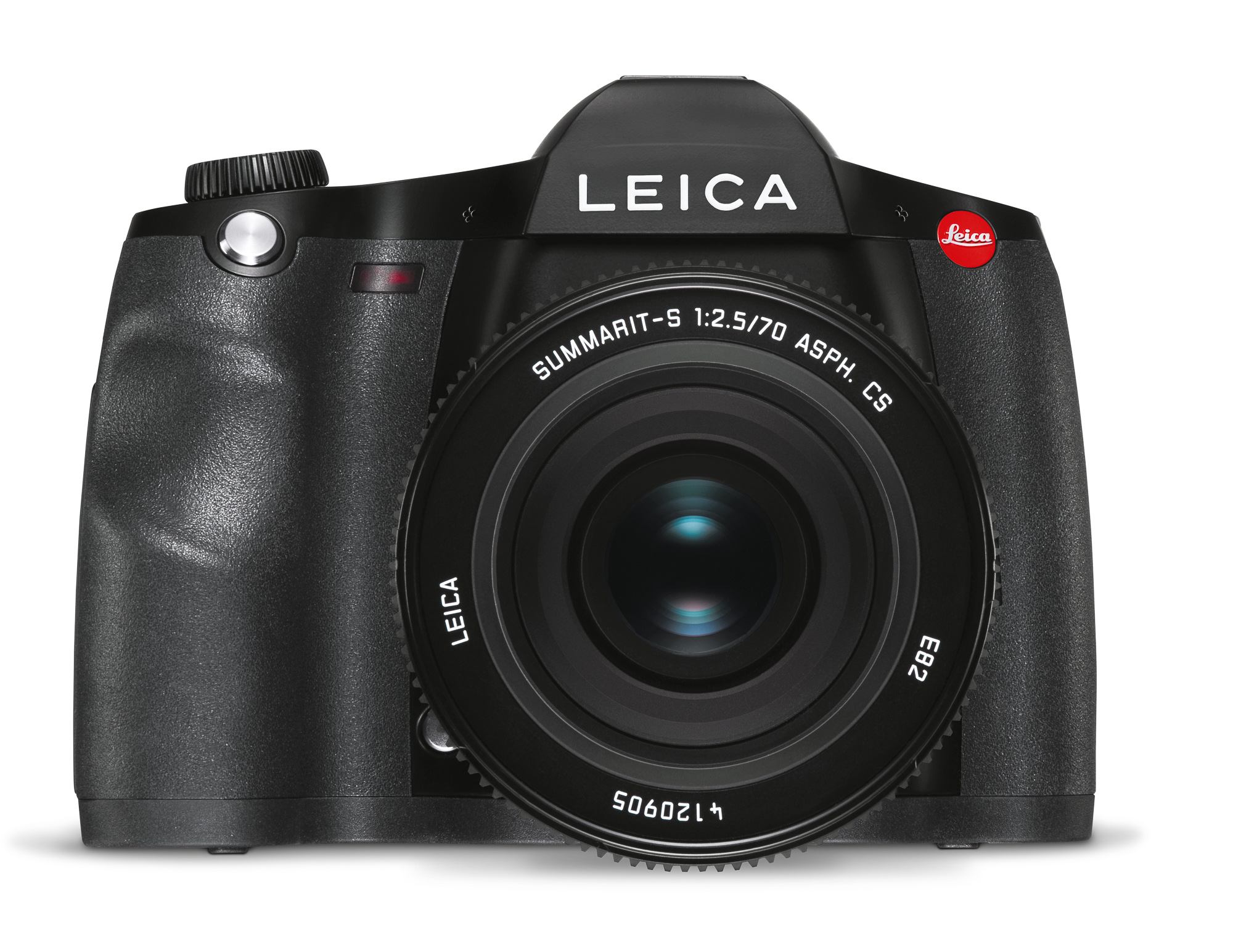
Introduced Sept 25, 2018
64MP CMOS Sensor
Maestro II Processor
ISO 100- 50,000
3 fps
Full-frame Cine 4K Video
Tech Specs
| Camera Type: | Digital medium-format single lens reflex camera for use with Leica S-Lenses. | |
| Image Sensor Type: | Leica CMOS sensor with micro-lens layer | |
| Size: | 30 × 45 mm (Leica Pro Format) | |
| Aspect Ratio: | 2:3 | |
| Resolution: | 64 megapixels | |
| Dynamic Range: | Up to 15 stops | |
| White Balance: | Presets: Daylight, cloudy, shade, incandescent, fluorescent, HMI,halogen warm, halogen cool, flash, tungsten, gray card, gray card Live View, automatic, color temperature (Kelvin) | |
| Low-pass Filter / IR Filter: | No (for maximum detail resolution/sharpness) / on sensor | |
| ISO Sensitivity: | ISO 100, ISO 200, ISO 400, ISO 800, ISO 1600, ISO 3200, ISO 6400, ISO 12500, ISO 25000, ISO 50000, auto ISO | |
| FOCUSING | ||
| Type | Predictive TTL autofocus with central cross sensor and phase detection | |
| AF Modes: | AFs (single) = focus priority, AFc (continuous) = predictive focus tracking, MF (manual), manual override possible at any time | |
| AF Lock: | Shutter release or five-way joystick | |
| MF: | Via lens with electronic focusing aid | |
| EXPOSURE SETTINGS | ||
| Exposure Metering: | Exposure metering through the lens (TTL) | |
| Metering Modes: | Multi-segment (five fields), center-weighted, selective/spot metering (3.5% of image frame) | |
| Exposure Control: | Program AE (with manual shift) (P), shutter speed priority (T), aperture priority AE (A),manual exposure control (M) | |
| Exposure Compensation: | (± 3 EV in half-EV increments | |
| Exposure Bracketing: | Three/five exposures (automatic/manual), half, one, two or three stops | |
| SHUTTER | ||
| Shutter: | Focal plane shutter, central shutter with Leica CS lenses | |
| Drive Modes: | Single, continuous, interval, self-timer 2 s /12 s (with mirror pre-release) | |
| Shutter Speeds: | 2 minutes (depending on ISO setting) to 1/4000 s, in half-stop increments | |
| Burst Rate: | Up to 3 fps | |
| Self Timer: | Two- or 12-second delay with mirror pre-release | |
| Mirror Pre-Release: | Yes | |
| Live View Refresh Rate | Up to 60 fps | |
| Focusing: | Manual, AF metering field shift to any part of the viewfinder image | |
| Exposure Control: | Multi-segment (five fields), center-weighted, selective/spot (linked to AF metering field) | |
| Exposure Simulation: | Yes | |
| Miscellaneous: | Histogram with clipping, focus peaking, leveling aid (horizon), exposure information | |
| VIDEO | | |
| Video Recording: | 4K cinema and full-HD in Leica ProFormat (large format video) | |
| Resolution: | Full-HD: 1920 x 1080 p, 4K cinema: 4096 x 2160 p | |
| Frame Rate: | Full-HD: 24, 25, 30 fps, 4K cinema: 24 fps | |
| File Format: | MOV (motion JPEG) | |
| Color Subsampling: | 4:2:2 | |
| Exposure Control: | Manual and automatic | |
| Audio Level: | Manual and automatic | |
| Audio (onboard): | Integrated stereo microphone. 48 kHz, 16 Bit | |
| Audio (External): | Audio-in (3.5 mm stereo jack), Audio-out (3.5 mm stereo jack), with Leica Audio-Adapter-S | |
| Time code: | Internal | |
| Miscellaneous: | Focus peaking, clean uncompressed full-HD (1080p) 8-Bit, 4:2:2, HDMI video stream for recording on off-camera HDMI recorders | |
| VIEWFINDER | ||
| Type: | Pentaprism viewfinder with high-eyepoint eyepiece, illuminated LCD bar | |
| Magnification: | 0.87x (with 70 mm lens at infinity, 0 dpt.) | |
| Viewfinder Coverage: | Approx. 98% | |
| Diopter Compensation: | –3 to +1 diopters | |
| Focusing Screens: | Exchangeable: standard focusing screen with AF cross hairs and spot marking (supplied with the camera), focusing screen with engraved grid, microprism focusing screen | |
| Viewfinder Information: | Levelling aid (horizon), shutter speed, exposure control mode, aperture, flash status, exposure compensation scale, flash sync display, focus indicator, exposure compensation, remaining exposures (on storage medium), buffer memory, error messages, ISO settings display | |
| DISPLAY PANELS | ||
| Monitor Screen: | 3-inch TFT LCD display | |
| Resolution: | 921,600 pixels | |
| Color Space: | sRGB, 16 million colors | |
| Oblique viewing Angle: | 170° | |
| Display Cover Glass: | Corning®Gorilla®Glass | |
| Top-Deck Display Panel: | Monochrome LCD display | |
| SHOOTING | ||
| Drive Modes: | Single, continuous, interval, self-timer 2s with mirror pre-release, self-timer 12s with mirror pre-release | |
| DATE RECORDING | ||
| Image Data Formats: | Lossless compressed DNG, DNG + JPEG | |
| Buffer Memory Capacity: | 2 GB buffer memory, up to six lossless compressed DNG image files, JPEG no limit (dependent on memory card type, shutter speed and ISO setting) | |
| Storage Media: | SD card (SDXC), CF card (UDMA7), external (PC) | |
| FLASH | ||
| Connections: | Lemo® flash sync socket, hot shoe with center and control contacts | |
| Flash Synchronization with Focal Plane Shutter: | 1/125 s | |
| Flash Synchronization with Central Shutter (leaf shutter): | Up to 1/1000 s | |
| High-Speed Sync HSS Function: | up to 1/4000 s (with compatible external flash units) | |
| Flash Triggering Point: | Sync on first or second curtain (FPS) | |
| MISCELLANEOUS | ||
| Playback Mode: | Full image, histogram with clipping, focus peaking, exposure information | |
| GPS: | Yes, integrated | |
| WLAN: | Integrated in camera body (remote camera control and image assessment by smartphone app), IEEE802.11n | |
| Date/Time: | Manual or automatic date/time setting with GPS module | |
| Leveling Aid (horizon): | Display sensitivity < 1° (at ambient temperatures from 0–40°C) | |
| INTERFACES | ||
| USB | Lemo® USB 3.0 SuperSpeed | |
| HDMI: | HDMI type C socket | |
| Audio: | With Audio-Adapter S (audio-in, audio-out) | |
| Flash Synchronization: | Lemo® flash sync socket | |
| Remote Release: | Lemo® cable remote release | |
| WLAN: | Integrated in camera body | |
| BODY | ||
| Materials: | Magnesium body with non-slip rubber armoring. Magnesium top deck, aluminum baseplate.Stainless steel bayonet and control elements | |
| Dimensions: | 160 × 80 × 120 mm | |
| Weight: | ~ 1260 g (without battery) | |
| Dust-proof / Splash-proof Sealing: | Yes |
Press Release
The new flagship medium format DSLR arrives
The much anticipated Leica S3 medium format camera, first announced at photokina, is now shipping. The new flagship from Leica packs a brand new 64 megapixel 30 x 45 mm medium format sensor, expanded 4K video capabilities and some of the most dramatic imaging potential from a camera system – for use both in the studio and out in the field. Capture the world with the storied Leica look in the highest fidelity possible.
Leica S-Lenses are the highest quality optics in the medium format world, and with fast autofocus and burst shooting, the S3 is a system that can excel in just about any application. High-speed lenses such as the Leica Summicron-S 100 f/2 ASPH. encapsulate the benefits of the S-System – the Leica look and falloff from incredible sharpness to beautifully blurred bokeh that is a signature style of S Cameras, now at an even higher resolution with the S3. With 16 lenses to choose from, some equipped with Central Shutters for high-speed flash sync, the Leica S3 is equipped to meet the needs of any pro in need of a workhorse system.
Features & Benefits at a glance:
- New 64mp medium format sensor for unprecedented image quality from Leica S-Lenses
- 4K video recording across the full width of the sensor for the signature Leica look in video
- ISO range of 100 – 50,000 for working in any lighting scenario
- Dual shutter system with Focal Plane Shutter or Central Shutter lens options
- Rugged and weather sealed build for use in the field and withstanding the elements
- Tethered shooting workflow options for use in the professional studio
- Leica FOTOS connectivity for mobile editing solutions on iPad, iPhone and Android

Really incredible images, David. Like many Leica products, it is nice to see how even the original S lenses released (30mm and APO 120mm) in 2008, are still relevant with the S3 in color and resolution. Looking forward to seeing more!
Thank you David, great photos !
The tech specs section of this article shows 37MP?
Any comment on the move to 14 bit color?
Small copy/paste error. Sorry for that. We fixed it.
It’s not really a move to 14-bit color. The S (Typ 007) also used 14-bit precision from the D/A stage as well. Both the S3 and the S007 store the resulting 14-bit raw data in a 16-bit DNG container, and both are capable of 15+ stops of dynamic range. For full details, check out the article we published around the launch of the S007, based on a conversation with Dr. Volker Zimmer, the head of R&D for Leica.
Why Leica is staying at 37.5MP for the S (Typ 007)
Always helpful to have your early insight to the new S3.
How do you find the larger megapixels affecting (or not) on the photos in terms of small shakes? Do you need to go higher shutter speed relative to 007? And can you let us know your take on the iso performance also relative to the 007? Thank you.
Could you comment on the AF system using the OVF . It appears the same as the S 007 . Focus point is only the center ..predictive AF is still suspect . It is still a contrast detection auto focus system ?
I understand the AF in LV and it was fine for my use but the OVF AF system needed work ?
David,
Thank you for the sample photos. What are your take on the iso performance and the sensitivity to the shutter due to higher megapixels relative to the S007? I look forward to your review soon!
BTW, the tech spec shows the S007 specs. Can you also upload the S3? Thanks!
Uneffin believable photos. Just can’t believe how crisp, pure and sharp these are. Love the camera and will think seriously about getting one. Just don’t know how to keep it a secret from my lovely wife. It’s death to me if she sees me with another camera.